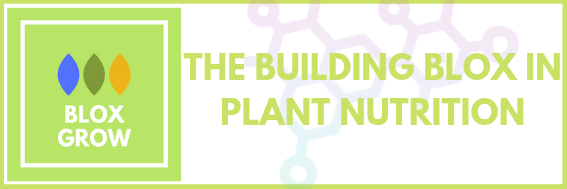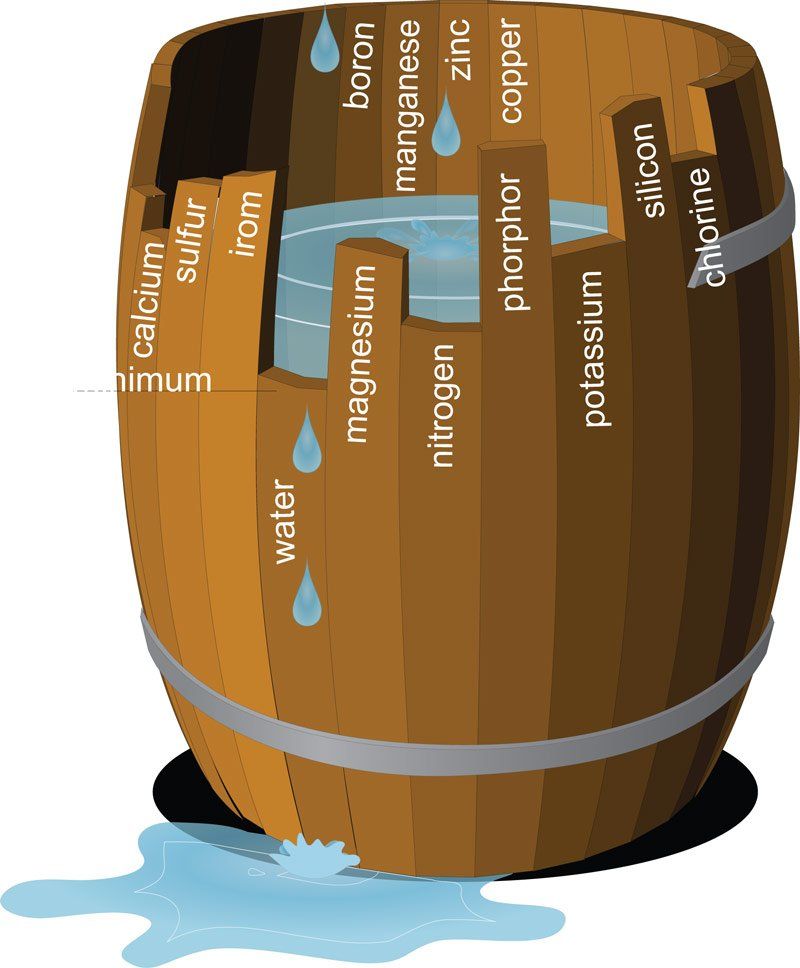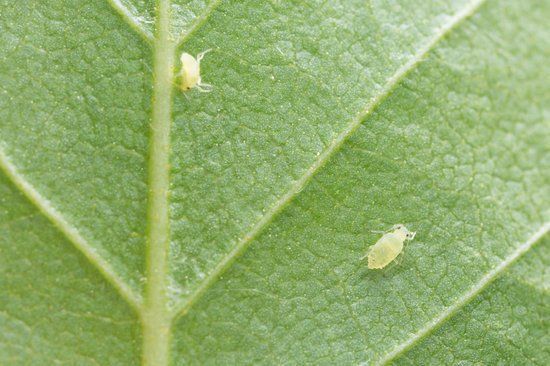Often interpreted with the use of a barrel diagram is a principle originally developed by Carl Sprengel (1828) then later popularizes by Justus von Leibig.
The findings state that - “Growth is dictated not by total resources available, but by the scarcest resource (limiting factor).”
E.g. A pea farmer has calculated that they need to apply 150kg/acre of their primary NPK fertiliser. Unknown to the farmer the ground is severely deficient in Molybdenum. The shortage of Molybdenum means the pea crop struggles to develop root nodules & the crop is of poor standard yielding very low.
These findings show how important the Macro & Micro Nutrients are in a growing programme. Farming practices within the last century have often seen farmers overlooking this factor and concentrating mainly on N,P&K primary nutrients.
In many areas this has led to poor yields and severely deficient soils.
Soil & tissue analysis are the best ways to determine nutrient deficiencies.





